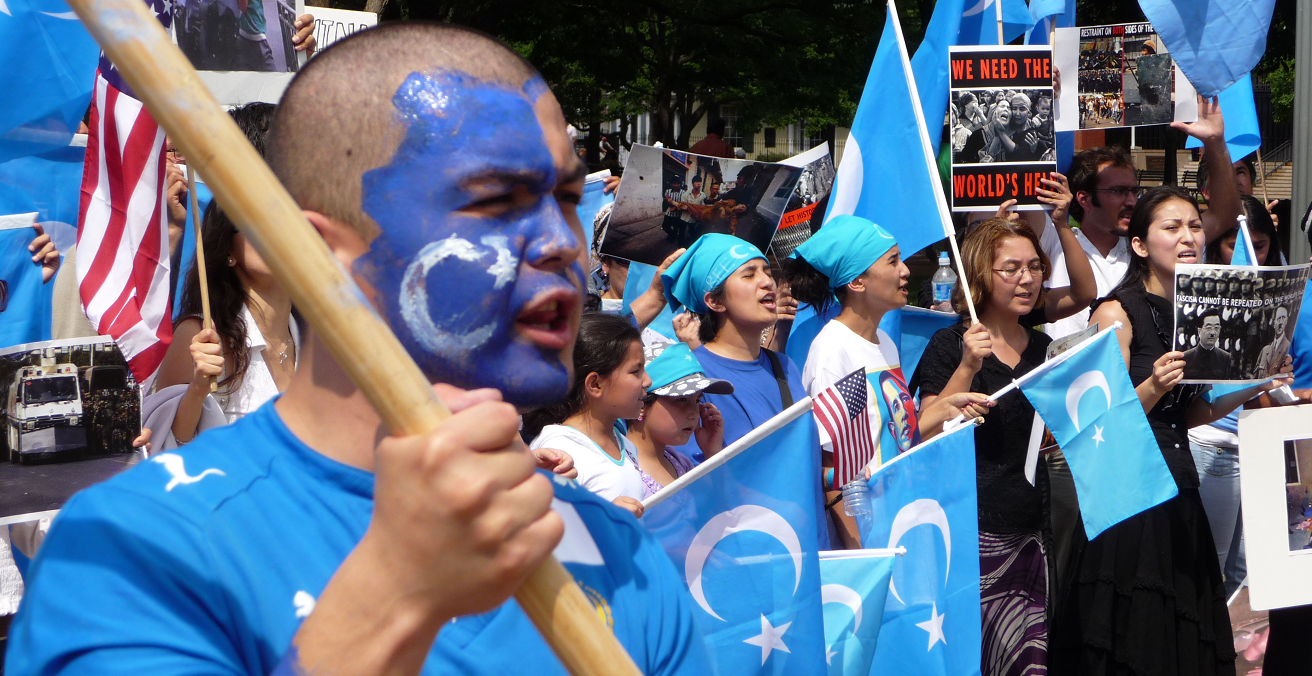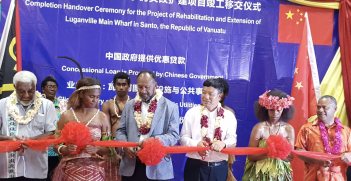The Lay of the Land: Looking at the Literature of the Chinese War on the Uighurs

The Chinese government has produced statements alleging academic and journalistic misconduct for reporting on the Xinjiang camps home to an estimated one million Uighur Muslims and other minorities. To determine the reliability of this discourse, this article will examine the previously uncontested body of literature and reports on Uighur treatment.
On Wednesday, the BBC ran a report on the Chinese re-education camps for Uighur Muslims in Xinjiang. For the report, they interviewed German anthropologist Adrian Zenz, who specialises in Chinese operations through Xinjiang and Tibet. On Thursday, the Chinese government slammed both Zenz and the BBC for sensationalist and unfounded journalism. In the age of misinformation and fake news, it is a simple enough task to contest journalism and research. Yet even if Zenz were a compromised source, is there enough evidence to otherwise support the BBC report on Chinese conduct in Xinjiang?
In 2020, the Australian Strategic Policy Institute (ASPI) published the Xinjiang Data Project alongside two other key pieces of research regarding allegations of genocide by the Chinese government against the Uighur Muslim population in Xinjiang. Drawing heavily on satellite imagery, ASPI objectively contested the Chinese assertion that the inmates of the Xinjiang Uyghur Autonomous Region (XUAR) camps had graduated in their entirety by the end of 2019. The ASPI data tracked and recorded some 380 facilities and noted that new facilities had been developed and that existing facilities had been expanded during the 2019 and 2020 period. ASPI also tracked cultural sites in XUAR and found that 35 percent of mosques in XUAR had been destroyed and that a further 30 percent had been damaged in some way. That is to say, some 65 percent of the Uighur Muslim religious buildings had been damaged or destroyed. Further, 30 percent of the Muslim cultural monuments, like cemeteries and shrines, in XUAR had been destroyed, with an additional 28 percent damaged or defaced in some way. Thus, in addition to the damage and destruction of two thirds of the mosques in XUAR, 58 percent of the cultural sites had been damaged or destroyed as well.
Gardner Bovington contends in his 2010 book, The Uighurs: Strangers in Their Own Land, that building on the US-led war on terror, the Chinese government began recycling American rhetoric about terrorism and extremism and reusing it in context of the Uighurs from the early 2000s. Bovingdon contests that the Uighur Muslim population has any relationship with global terror networks and contends instead that the idea of Uighur nationhood should not be conflated with the idea of jihad pursued by the likes of Al Qaeda. Bovingdon describes the history of XUAR from 1949 onwards, a simmering dissent with Chinese leadership, and a hope for independent nationhood.
Sean Roberts also acknowledges the way the Chinese government co-opted the language of the war on terror to create a representation of the Uighur Muslims as extremists in his 2020 book, The War on The Uighurs. Roberts’ text begins in 1949 and ends with the camps, including interviews with Uighur Muslims. Roberts describes a situation where, by his estimate, there are at least some million Uighurs in detention.
As well, Nick Holdstock’s China’s Forgotten People, originally published in 2015, speaks to both Bovingdon and Robert’s narratives and contends that isolated terrorist events in 2014 and 2015 in XUAR were symptomatic of a longing for nationhood rather than a pursuit of jihad. Holdstock describes in some detail a “concentration camp network” in XUAR.
Between Roberts and Holdstock, it is possible to follow a timeline through an escalation of the Chinese crackdown on the Uighur Muslim population in Xianjing from 2001 to a series of up to four isolated attacks reportedly by Uighur Muslims against the state through the tail end of 2014 and start of 2015, through to the “Regulation of De-Extremification” that launched in 2017 under the leadership of Chen Quanguo. Introduced as the Chinese policy for addressing radicalisation and preventing terrorism, the Regulation of De-Extremification gives agents of the Chinese state the power to detain individuals in camps without a need for any semblance of due process. Therefore, there is a disproportionality in response between the 2015 attacks and the placement of some one million people into concentration camps.
Looking at the language of the Regulation of De-Extremification policy itself, it is possible to see further warning signs. Chapter Two specifically notes that growing an irregular beard, having an irregular name, failing to consume national media via radio and television, deliberately interfering with or undermining the implementation of family planning policies, or in any way creating or having custody of any material that can be labelled as extremist constitutes extremist behaviour. Such language is a judicial blank slate for prosecution at the inclination of the state.
Despite the Chinese government’s claims that Adrian Zenz is an unreliable source, Zenz’s work is significant is in his role of cataloguing the impact of forced sterilisation procedures in XUAR. That said, it is still possible to catalogue and track the impact of sterilisation in XUAR without his work, although with less precision. Irrespective of academia, there are survivors that have spoken on the record about their experiences with forced sterilisation that have escaped the camps. These survivors have spoken to the Western press, to the ICC, and as part of applying for asylum. Further, the Chinese government data shows that there has been a significant drop in the birth rates of Uighur Muslims in XUAR, which can be accessed in their yearbook data that operates like a census. There is more than enough evidence for claims of forced sterilisation to be taken seriously.
Given the evidence presented, it can reasonably be assumed that the Chinese government is affecting what can only be described as genocide against the Uighur population in XUAR. The Regulation of De-Extremification can be used as pretence to incarcerate anyone of a given racial profile, and according to McCauley and Moskalenko, the measures that have been put in place are more likely to increase the likelihood of radicalisation against the government than not, given a feeling of injustice and resentment amongst the Uighur population.
Thus, while Adrian Zenz can be read as a powerful exponent on this issue, there is enough literature to warrant this issue being taken seriously, and to legitimise the Biden administration’s stance on echoing the Trump administration’s policies when it comes to censuring the Chinese government insofar as they are likely committing human rights violations in XUAR. While I consider Zenz to be a reliable source on this issue, even if he were not, there is now sufficient literature that it is impossible to plead ignorant to what is going on in Xinjiang.
Benjamin Fincham-de Groot is a postgraduate candidate in international relations at Deakin University.
This article is published under a Creative Commons Licence and may be republished with attribution.




